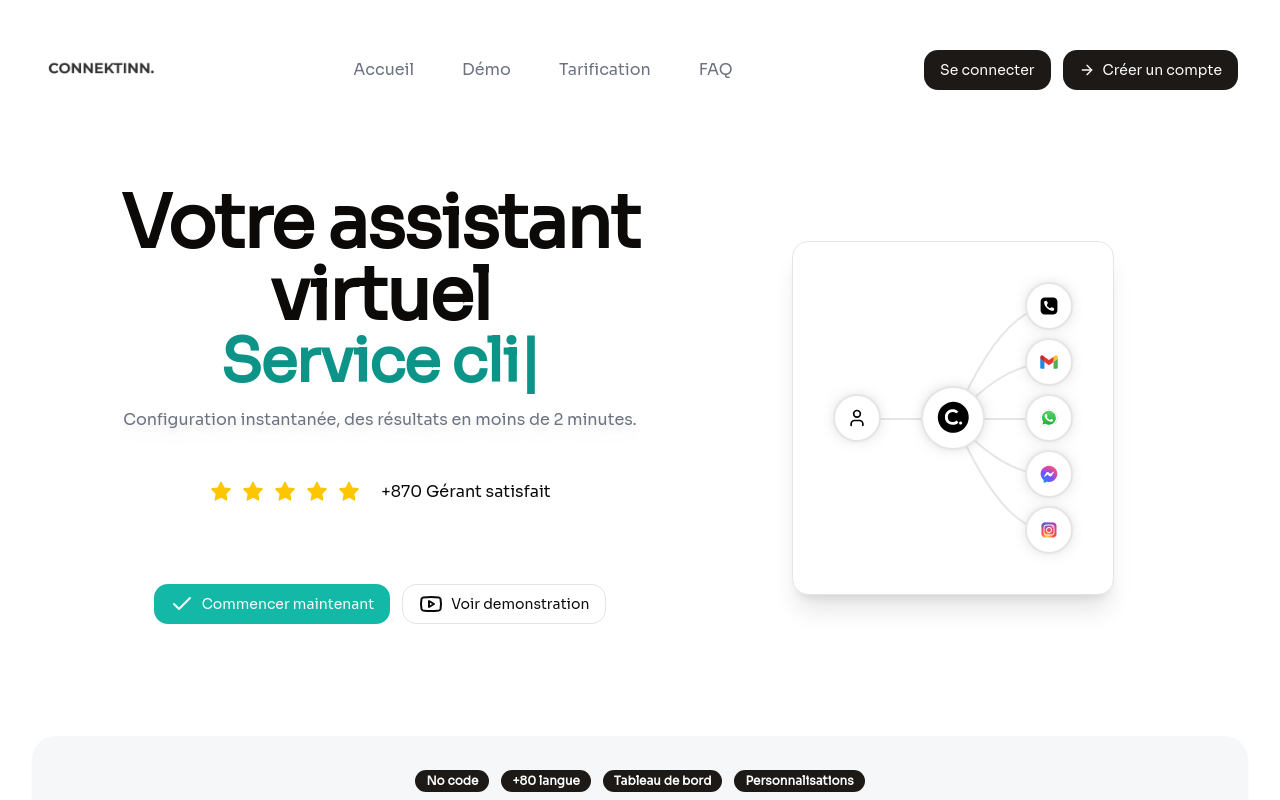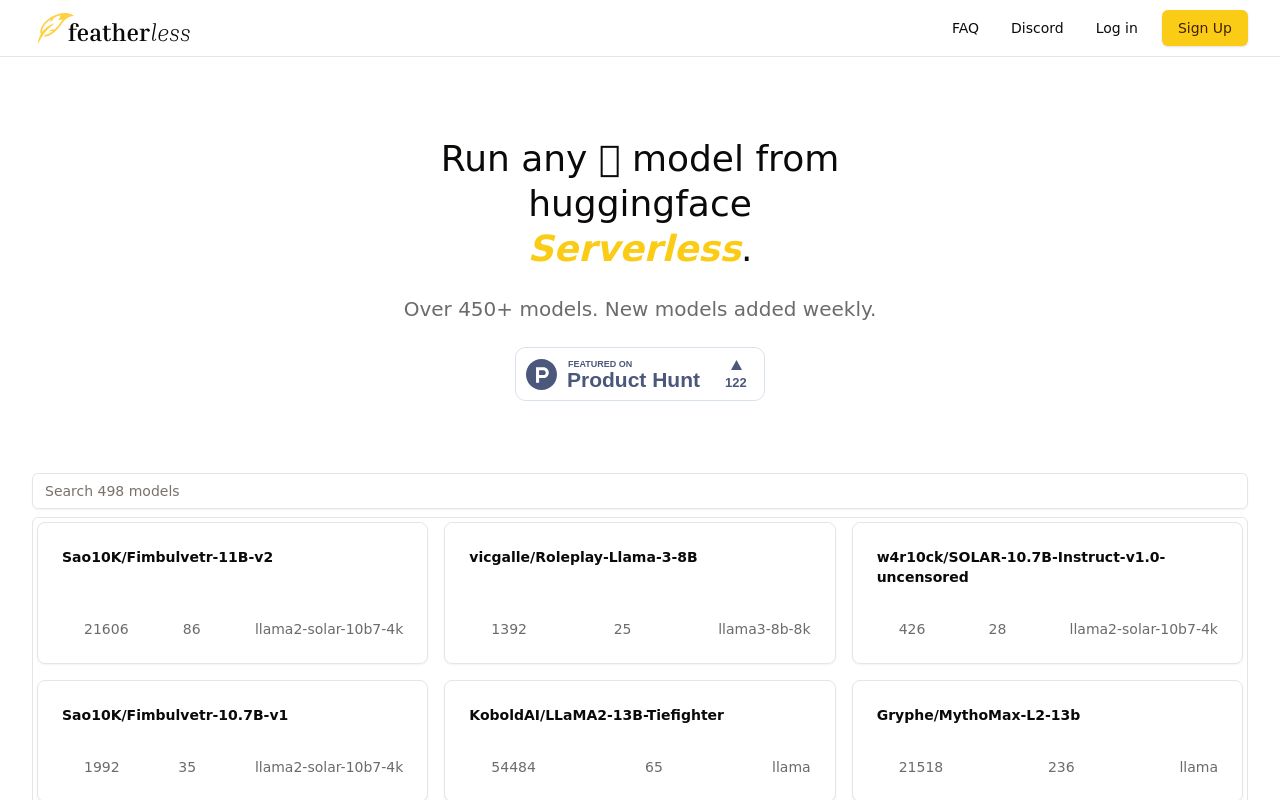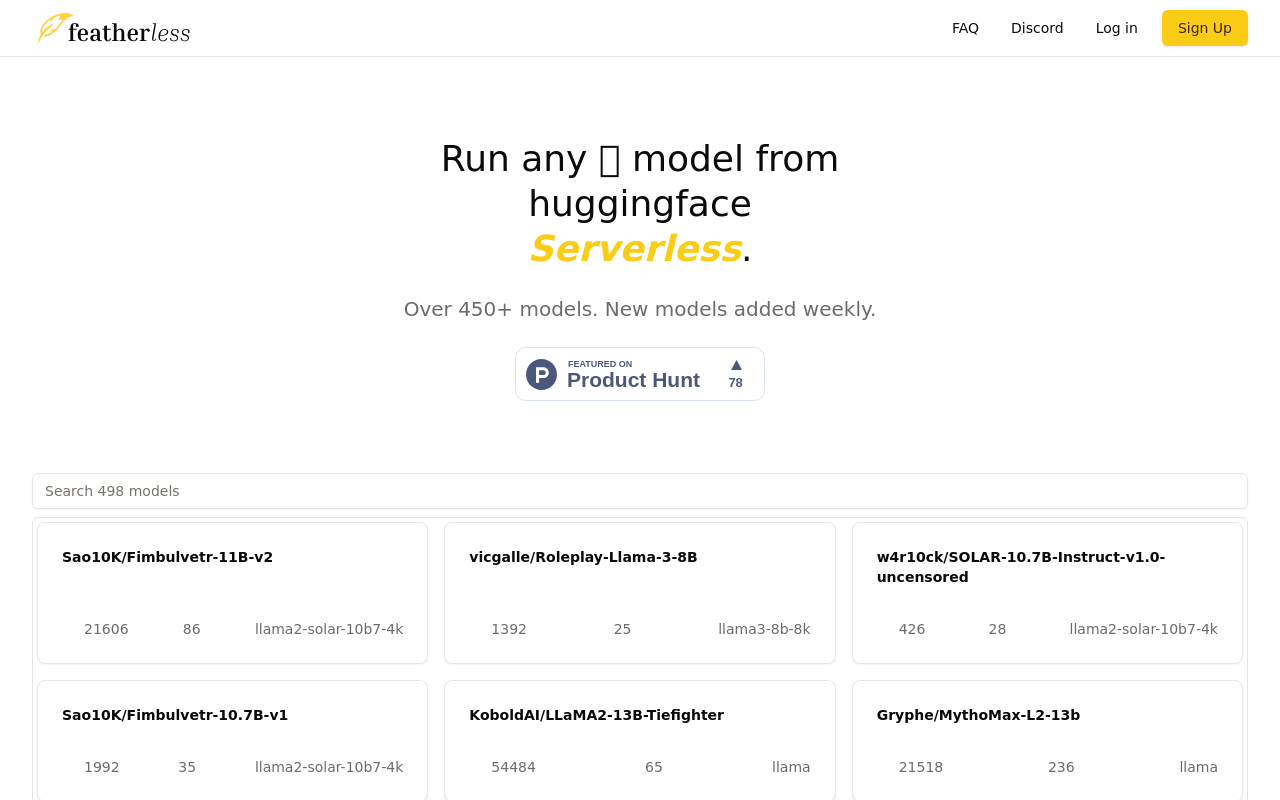Creating Assessment Tasks Based on Learning Objectives
A workflow to align assessment tasks with learning objectives effectively.
Best for:
- Teachers
- Curriculum Developers
- Educational Institutions
Use cases:
- Align assessments with learning objectives
- Generate clear and measurable learning objectives
- Enhance teaching efficacy through data-driven insights
Users like:
- Education
- Instructional Design
- Training and Development
What is Creating Assessment Tasks Based on Learning Objectives?
Quick Introduction
The ‘Creating Assessment Tasks Based on Learning Objectives’ workflow is designed for educators and instructional designers who aim to create highly accurate and effective assessments. This tool revolutionizes the traditional process of developing assessment tasks by ensuring they are aligned with clear and measurable learning objectives. Essentially, it streamlines assessment creation by providing a structured two-step approach rooted in Bloom’s Taxonomy, guaranteeing that tasks precisely measure the requisite cognitive skills and knowledge.
Whether you are a teacher, curriculum developer, or part of an educational institution, this workflow addresses common pain points in assessment creation. Often, assessments fall short in accurately measuring students’ understanding or mastery of the subject. This workflow mitigates those issues by generating specific learning objectives and translating them into targeted assessment tasks, thereby equipping educators with a more data-driven and impactful teaching approach.
Pros and Cons
Pros:
- Alignment with Bloom’s Taxonomy: Ensures assessments are clear, measurable, and cognitively appropriate.
- Time-Efficient: Significantly reduces the time and complexity of creating effective assessment tasks.
- Improves Student Outcomes: Aids in identifying and targeting the right skills and knowledge for improved student performance.
Cons:
- Learning Curve: May require a learning phase to fully utilize all features effectively.
- Limited Customization: Template-based approach might limit creative alternatives in assessment creation.
- Dependency on Software: Reliance on digital tools, which could be a hurdle for less tech-savvy educators.
TL:DR
- Aligns assessments with clear, measurable learning objectives.
- Simplifies the assessment creation process.
- Enhances the effectiveness and impact of teaching and learning.
Features and Functionality
- Generate Learning Objectives: Produces clear and measurable objectives based on Bloom’s Taxonomy to guide assessment creation.
- Automated Task Creation: Translates learning objectives into well-aligned assessment tasks quickly and efficiently.
- Customizable Templates: Offers pre-loaded templates which can be modified to fit specific educational contexts.
- Data-Driven Insights: Provides analytics and feedback to refine teaching practices based on assessment outcomes.
- Collaborative Workspace: Allows for sharing and saving results, fostering collaboration among educators.
Integration and Compatibility
Currently, the tool integrates standalone and offers significant value on its own. No additional platforms or programming languages are required for its core functionalities.
Do you use Creating Assessment Tasks Based on Learning Objectives?
This makes it an easily adoptable solution without the need for extensive tech-stack adjustments.
Benefits and Advantages
- Time Savings: Reduce assessment creation time significantly by automating objective generation and task alignment.
- Improved Accuracy: Ensure that assessments are valid, reliable, and aligned with higher-level cognitive skills.
- Enhanced Decision Making: Data-driven insights help tailor teaching practices to improve educational outcomes.
- User-Friendly Interface: Easy-to-use even for those with minimal technical skills, thanks to its clear, guided steps.
- Better Student Performance: Creates targeted assessments that accurately measure and improve student learning.
Pricing and Licensing
The pricing model for this tool may not have been explicitly detailed in the content, but typically, tools like these offer a range of price tiers to suit individual educators, small educational organizations, and larger institutions. It may include free trials to allow users to experience the basic functionalities before committing to a subscription model.
Support and Resources
Users can benefit from a variety of support options including customer service through email, extensive documentation to guide through each step, and a community forum for peer-to-peer support and shared insights. These resources ensure that educators can implement and maximize the tool’s capabilities seamlessly.
Creating Assessment Tasks Based on Learning Objectives as an Alternative to
When considering alternatives like manually creating assessments or using generic assessment tools not aligned with learning objectives, the ‘Creating Assessment Tasks Based on Learning Objectives’ workflow shines by offering specificity and alignment with cognitive levels. It automates processes that would otherwise take considerable time and offers a more scientifically grounded approach with Bloom’s Taxonomy.
Alternatives to Creating Assessment Tasks Based on Learning Objectives
- Kahoot!: A game-based learning platform, excellent for engaging students through quizzes, but lacks the detailed alignment with specific learning objectives found in this tool.
- Google Forms: Useful for creating simple assessments and surveys, yet it does not provide structured guidance based on educational frameworks like Bloom’s Taxonomy.
- Edmodo: Great for classroom management including assignments and quizzes but less focused on the intricacies of aligning assessments with learning objectives.
Conclusion
The ‘Creating Assessment Tasks Based on Learning Objectives’ workflow offers a transformative approach to developing assessments in educational contexts. It excels in aligning tasks with clear and measurable learning objectives, providing significant advantages over traditional methods. This tool is particularly beneficial for educators who value efficiency, accuracy, and data-driven teaching practices, making it an innovative solution for modern educational needs.



